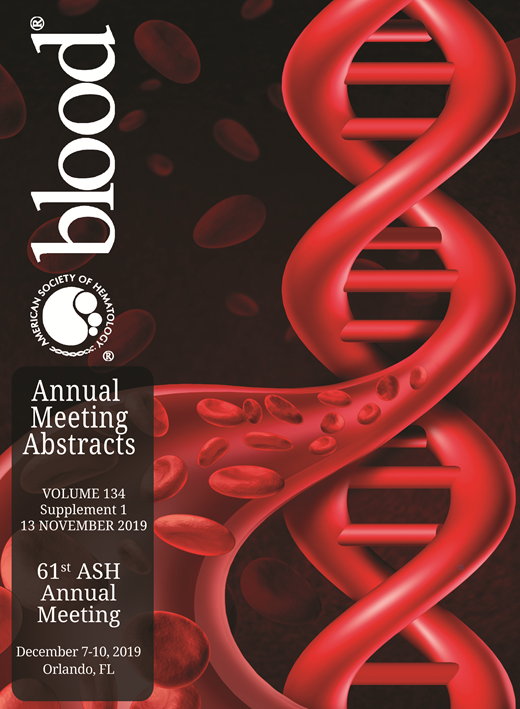An increasing healthcare challenge in the management of hematological malignancy (HM) is secondary immunodeficiency (SID), either caused by the underlying malignancy or by treatments, including B-cell-targeting therapies. From January 2019, the EMA (European Medicines Agency) included the evaluation of specific antibody (Ab) responses to better select patients for immunoglobulin replacement therapy (IgRT). Antibody response to polysaccharide immunizations is primordial in the immunological evaluation of the patients and it is thought to be the first Ab response to be lost in the rising of an immunodeficiency. Clinically, an impaired polysaccharide response means that the patient may not be protected to new encounters with encapsulated bacteria, having therefore higher risk of severe or recurrent infections. We evaluated Ab responses to pneumococcal (PPV) and Salmonella typhi (TV) pure polysaccharide immunization in a cohort of 42 HM patients and 24 healthy controls. Pre-post specific Ab serum concentrations were measured by ELISA (Binding Site, UK), before immunizations and at 4 weeks. Globally, the prevalence of TV titers pre-immunization was lower (9%) compared to PPV pre-immunization titers (76%) (p<0.001). There were more HM patients' non-responders for TV (88%, unable to mount a >3-fold increase in TV titers) than PPV non-responders (62%) (p<0.0001), and no-response to TV correlated better to infectious history. By ROC analysis, pre-post 5-fold TV increase was the best cut-off to discriminate HM with recurrent infections and controls (sensitivity 91%, specificity 100%). TV Ab responses were superior to PPV to identify SID and defective primary responses, notably in patients with high PPV baseline titers in the conjugate vaccine era, therefore overcoming the limitations in identifying patients with impaired polysaccharide responses after pneumococcal conjugate vaccine immunizations. Our results suggest that specific Ab response to S typhi polysaccharide is a useful complementary assay in the diagnosis and management decision of SID to HM, that may help to predict patients more prone to infections and guide a more risk-adapted infection-prophylaxis.
No relevant conflicts of interest to declare.
Author notes
Asterisk with author names denotes non-ASH members.

